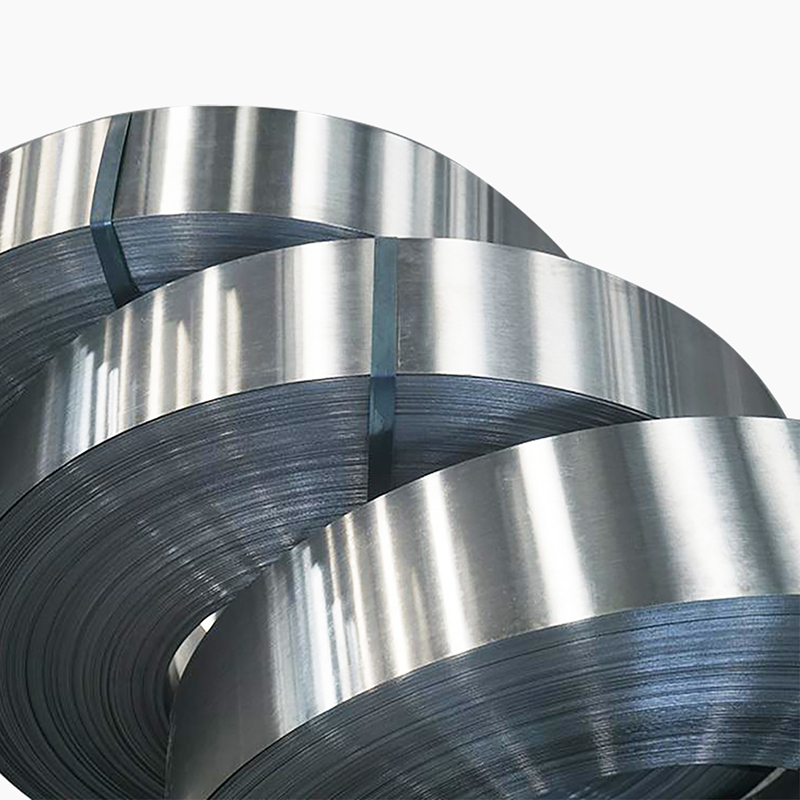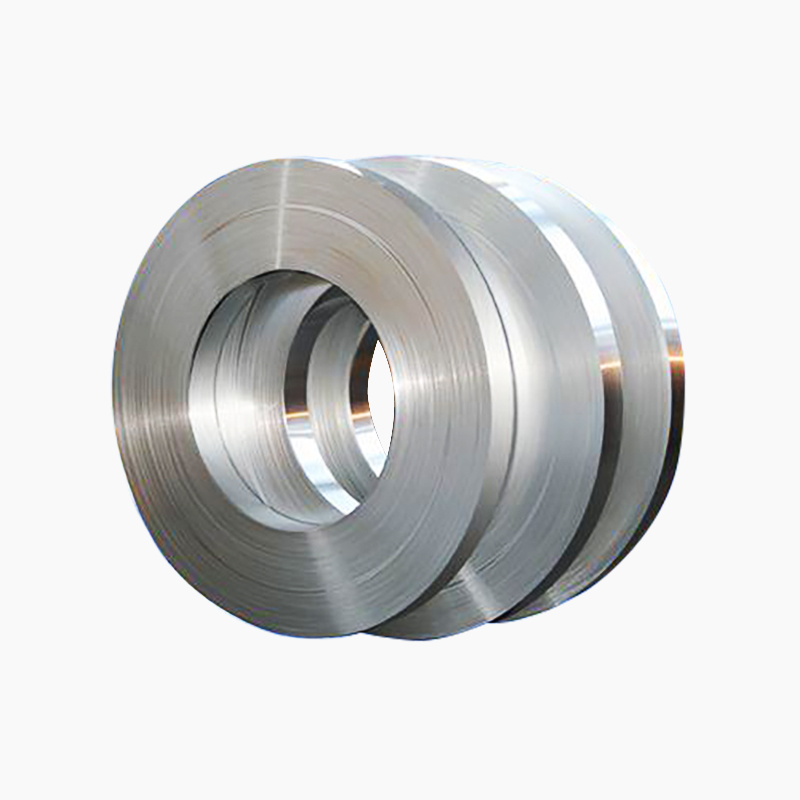
Products Center
Top ten high-end specialty thin material products
Products
1. Electric heating alloy is a resistance alloy that uses electrical energy to convert into thermal energy. Electric heating alloys generally have high resistivity and stable and small temperature coefficient of resistance. They can generate high heat and stable power through current. They have strong high temperature oxidation resistance, good corrosion resistance, and sufficient high temperature strength. Under different working conditions, it has enough service life and good processing performance to meet the needs of different types of structure forming.
2. Electric heating alloys mainly include Ni-Cr series and Fe-Cr-Al series, which are suitable for electric heating elements working in the temperature range of 950 to 1 400 ℃. Heating at higher temperatures uses pure metal electric heating materials.
3. Ni-Cr series electric heating alloy has high high temperature strength, no brittleness after high temperature cooling, long service life, easy processing and welding, and is a widely used electric heating alloy.
4. Fe-Cr-AI series electric heating alloy has high electrical resistivity, good heat resistance and high temperature oxidation resistance. Compared with Ni-Cr series alloy, it has higher service temperature and is cheaper. But this kind of alloy is easy to be brittle when used at high temperature, and the permanent elongation of long-term use is large.
5. Part of the brands: Cr20Ni80, Cr30Ni70, Cr20Ni30, 0Cr25Al5, 1Cr13Al4, 0Cr23Al3, 0Cr24Al6RE, 0Cr20Al6RE, 0Cr27Al7Mo.
| Brand | Specification | Feature | Application | Guideline |
| Cr20Ni80 | Wire 0.020-10.00mm; tape 0.050 - 20.0mm; rod 6.00 - 150.0mm; | The high-temperature strength is higher than that of iron-chromium-aluminum, and it is not easy to deform under high-temperature use. Its structure is not easy to change, its plasticity is better, and it is easy to repair. Disadvantages: Due to the use of rarer nickel metal materials, the price of this series of products is up to several times higher than that of iron, chromium and aluminum, and the use temperature is lower than that of iron, chromium and aluminum. | As a heating element, it is mainly used in periodic heat treatment furnaces, such as carburizing furnaces, bell furnaces, ammonia decomposition furnaces, etc.; used in high-end electric heating tubes and high-end household electric heaters; used in high-quality resistance boxes The resistance band inside; can also be used as high-quality heat-resistant steel structural parts, such as high-temperature mesh belts, burning racks, etc. | GB/T1234 high resistance electric heating alloy, GB/T13300 high resistance electric heating alloy fast life test method, |
| Cr30Ni70 | ||||
| Cr20Ni30 | ||||
| 0Cr25Al5 | The use temperature is high, the highest use temperature can reach 1400 degrees (0Cr21A16Nb, 0Cr27A17Mo2, etc.), long service life, high surface load, good oxidation resistance, high resistivity, and low price. Disadvantages: The main reason is that the high temperature strength is low. As the use temperature increases, its plasticity increases, and the components are easy to deform, not easy to bend and repair. | |||
| 1Cr13Al4 | ||||
| 0Cr23Al3 | ||||
| 0Cr24Al6RE | ||||
| 0Cr20Al6RE | ||||
| 0Cr27Al7Mo |


Everyone is watching

Products
Precious metal functional materials
High-quality optoelectronic materials/high-purity targets
Refractory metals and their alloys
Special alloy/special steel
Spherical | Nano powder
Biomedical/3D printing products
Compound
Rare metals and their alloys
Rare metals and their alloysRare Metal Concept Cultural/Art/Collectible
Nuclear energy Nuclear power Nuclear industry
High temperature heat container
Microelectronics industry Chip thermal sink
Semiconductor equipment MOCVD thermal field
High efficiency & long life Wire for wire cutting
Medical equipment Medical instruments
Artificial bone joint Bioimplantation
Rare metal cultural & creative art collection Precious metal
Plasma|Special Welding Electrode
Ultra Minor Metals Ltd (UMM) all rights reserved 湘ICP备17001881号 by:www.300.cnchangsha





